Great Danes- Basic Facts Personality
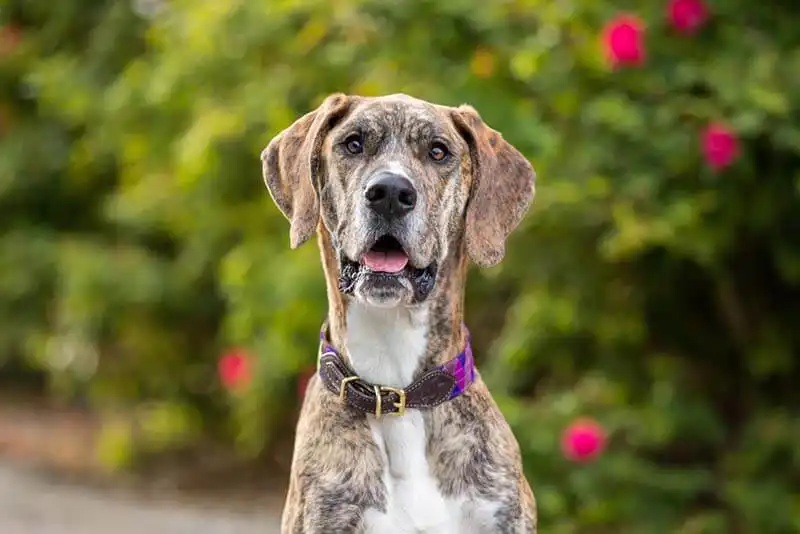
Country of origin: Germany
Size: large
Height: 72-90 cm
Weight: 60-80 kg
Age: 9-10 years
FCI breed group: Pinscher and Schnauzer, Molossoid breeds, Mountain dogs and Swiss Cattle Dogs.
Basic Facts About Great Danes
Great Danes are recognized record holders in height. The tallest dog in the world was considered to be Zeus, a representative of this breed. His height was 112 cm.
The pet’s voice is muffled and sonorous. It barks infrequently. Usually the Great Dane only barks to warn the owner of an impending threat.
Often in literature you can find the term “royal mastiff”. In fact, it is the same dog. It received this name, most likely, because of its historical past: after all, in ancient times dogs lived next to privileged persons.
The character from the cartoon “Scooby-Doo” was a Great Dane.
Pets have a rather short life expectancy compared to other breeds. On average, their age does not exceed 10 years.
The Greeks erected the first monument to such a dog in Corinth. It was the gratitude of the people – the animals helped them win the Peloponnesian battle.
History of the breed
Scientists are sure that mastiff-like dogs have lived alongside humans for a very long time. Some of them believe that the homeland of these powerful, muscular dogs is the East. Another group of specialists suggests that they appeared on the territory of modern Germany, and there is a lot of evidence for this in the form of literary works, sculptures, and paintings.
The ancestor of such animals was the Tibetan mastiff, which lived in India, Nepal, and Persia 3 thousand years ago. People used it for hunting, guarding homes, and as a shepherd.
Due to the dog’s enormous strength, it was often taken along on military campaigns.
Dogs are mentioned in the Avesta, the sacred collection of Zoroastrian writings. Ancient people valued these animals very highly, since the fine for killing them was several times higher than the fine for taking a human life.
The Indians talk about mastiffs in their book “Veda”, calling them guard dogs. The ancient Egyptians valued such dogs very much, but their population in Egypt was extremely small, because only the rich were allowed to have pets.
In Greece and Rome, these powerful dogs were used as fighting dogs and took part in gladiator fights.
In the Middle Ages, mastiff-type dogs began to be used for hunting. Hunting scenes with mastiffs are described in great detail by Alexandre Dumas in “Queen Margot”. At that time, they were called “boar dogs”, since this was the animal most often hunted with them. For several centuries, they were the prerogative of the upper class.
The breed’s active development took place in the 19th century. At that time, the exterior was laid down, which, in principle, has been preserved to this day. The dogs became larger, more muscular, but retained their inherent elegance.
It was from the 19th century that breeders began to pay great attention to the purity of individuals. This led to the formation of several breed types of dogs – Danish, Wittenberg, Ulm.
Danish experts developed a separate standard, which was published in 1866. The description of the animal’s exterior in the document largely contradicts the description of the appearance of the modern Great Dane.
For several years there was a strong rivalry between Danish and German breeders, who were actively working on creating individual breeds.
Finally, at the end of the 19th century, Great Danes were officially recognized. Their Danish counterparts completely disappeared. Although even today you can hear “Germans” being called Great Danes. Although this is completely incorrect.
Description of Great Danes
Great Danes are dogs with a noble and elegant appearance. Their physique cannot be too rough. It looks harmonious and proportional. The body of males resembles a square in shape. In females, the body format is usually more elongated.
The gender of such dogs is clearly defined: males will always be larger.
The skeleton is strong, the muscles are very clearly visible. The skin is without folds. Pigmentation is allowed. It should match the color of the animal.
Head
Quite large and powerful. The wedge shape is considered a defect.
The superciliary arches are clearly visible. The stop is clearly defined.
The muzzle is rectangular in shape. The lips are tightly fitting. Excessive drooping is considered a fault.
The nose is wide and large. The nostrils are open. Darker color is preferable. In marble and blue colored Great Danes, a black nose is also preferable, but a lighter shade will not be considered a significant defect. The bridge of the nose should be straight.
The jaw is strong. Only a “scissor” bite is allowed.
Eyes
They are of medium size. The expression of the eyes of the Great Dane is lively and expressive. The shape of the eyes is almond-shaped. The set is not slanted and not too wide.
The eyelids are not drooping. They are well pigmented. The darker their color, the better.
The color of the iris can be either dark or light. In Great Danes of blue and marble color, the eye color can be light brown. In marble dogs, eyes of different colors are also allowed (heterochromia).
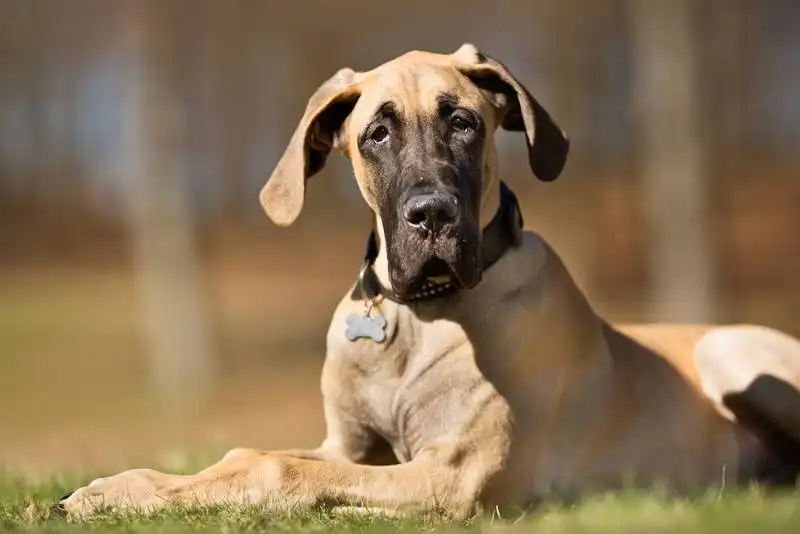
Ears
They are set high. They hang down. The size is medium. The edge of the ear should be close to the dog’s cheeks. Their shape is triangular.
Neck
Quite long. The muscles on it are well developed. The neck cannot be short or thick. The nape of the neck is clearly visible in the Great Dane. The neck is narrower at the back of the head, becoming wider towards the body. The presence of a dewlap is considered a defect.
Frame
The Great Dane’s withers are clearly visible. They look strong and muscular. The back looks almost straight. A slight slope towards the waist is acceptable. A back that is too long is a fault.
The chest is oval. It should reach the elbows of the animal. It looks wide and deep. The ribs are rounded. The bottom line is moderately tucked up.
Tail
In Great Danes, it is set high. It is thicker at the base and noticeably narrower towards the end. Its length should reach the dog’s hocks. The shape is sabre-shaped.
When the dog is calm, it lowers its tail down. When walking or running, it rises either to the line of the back or slightly higher.
A strongly curled tail is highly undesirable. The presence of a fringe is considered a defect.
Limbs
The Great Dane’s legs are covered with muscles. They are strong and robust, with a powerful bone structure. When looking at the dog from the front and from behind, the limbs appear straight.
The paws look strong. Their shape is round. The toes are curled up into a “lump”. The color of the claws should be as dark as possible.
Gait and movements
The Great Dane moves harmoniously, flexibly, and springily. When running or walking, a good balance is maintained between the front and back of the animal.
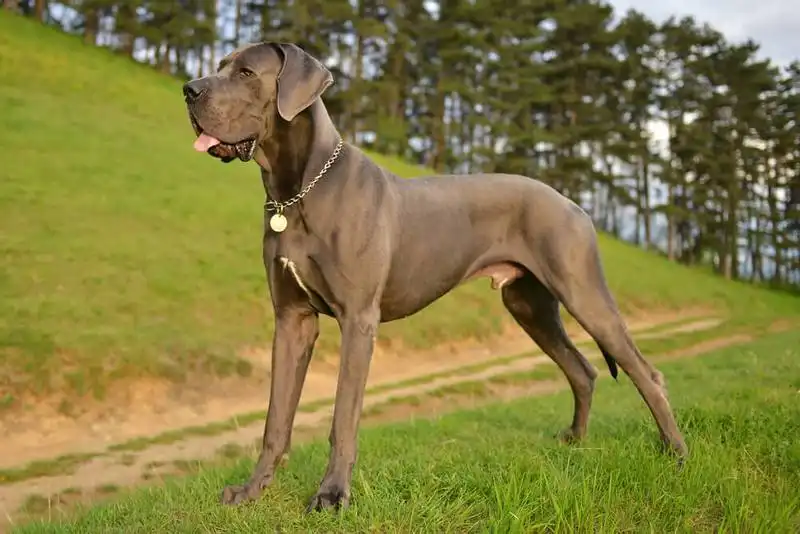
Color
According to the standard, there are several colors of such dogs:
Fawn;
Tiger;
Marble;
Black;
Blue.
The fawn color of the Great Dane can vary from sand to red. Ideally, there should be a black mask on the muzzle. Gray, blue, brown shades are unacceptable. White spots are considered a defect.
The Great Dane’s brindle color varies from golden to red-gold. The stripes are preferably black. They must be distinct. There can be no white markings. A black mask is allowed.
The merle coat of Great Danes is a white base coat with black markings. Gray and brown markings are undesirable.
Black color allows for white spots on the chest and paws. It can be a mantle: a black mantle covers the dog’s body and head. White spots on the forehead, chest, belly, and tail are allowed.
The color called platen is a basic white color with black chaotic markings all over the body.
Blue color is considered solid. White spots are not allowed in this case. Fawn and bluish-black shades are considered a defect.
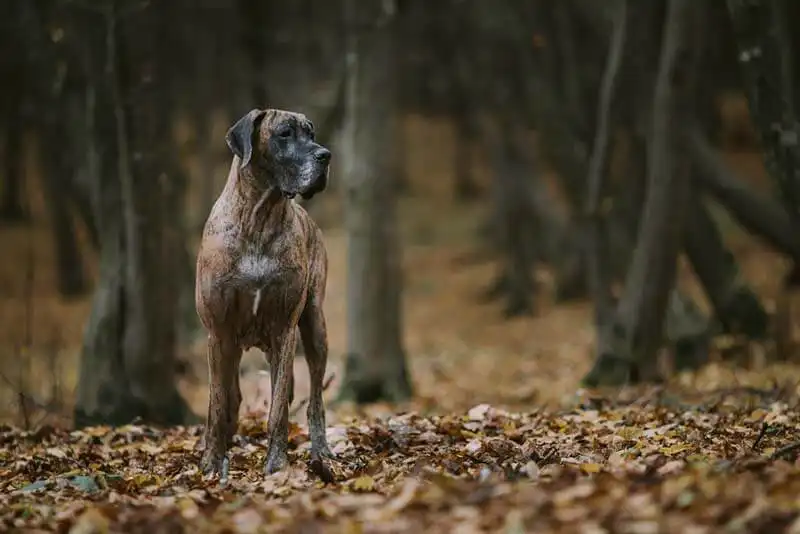
Size and weight
According to the standard, the height at the withers of an adult male Great Dane should be 80-90 cm, and for a female – 72-84 cm. Weight varies from 60 to 80 kg.
Great Dane Personality
The teachings are sure that the character of such a dog can be called unique. Since the animal has lived next to people for several thousand years, it has learned to serve them and understand them. Great Danes are madly devoted to their owners and literally catch their mood from half a word. They are ready to follow their owner everywhere, but at the same time they cannot be called intrusive. If the dog understands that the person is busy, it will go away and do its own thing.
The breed does not take well to long periods of loneliness. Human interaction is important to it.
Guard and protection qualities of Great Danes are developed at the highest level. That is why they are suspicious of strangers and are always ready to protect the territory and all members of their family. They are brave and courageous.
A well-mannered dog does not behave aggressively. It is believed that such a dog has a high threshold of irritability. That is, it is quite difficult to get it angry. It will never attack first.
Great Danes are tolerant of children and are ready to put up with their pranks. However, you should not leave a small child alone with a large dog for a long time. After all, the dog, due to its impressive size, can accidentally push the baby, drop him. With proper training, dogs become good nannies.
Great Danes are calm with other pets. They can get along with cats, especially if they grew up with them.
It is important to socialize such a dog from a very early age. This will allow it to become self-confident and calmly react to passing vehicles, other animals and people.
Great Danes have a high level of intelligence. They are easy to train and can learn a new command in just a few repetitions.
Young dogs are very active and noisy. In adulthood they become much calmer. Some even begin to behave phlegmatically.
Dogs do not bark often. The voice of Great Danes is usually muffled and booming. Pets bark most often for a reason. This is how they warn their owner about some danger.
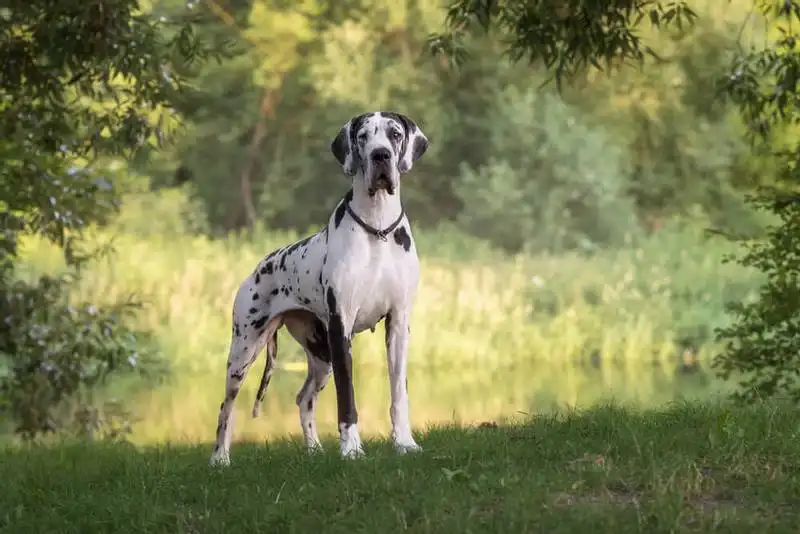
Training
It is necessary to devote enough time to education and training . The behavior on the street and at home directly depends on this. The Great Dane is a dog that is completely oriented towards people and is ready to please them in everything. That is why problems with training usually do not arise.
Animals grasp everything on the fly and learn commands very quickly.
It is necessary to start training and education as early as possible. From the first days of appearance in your home, the baby is already ready to master such simple skills as: accustoming to a diaper , its own dishes, a lounger.
It is very important to choose a good nickname for the baby . It should not only suit the dog, but also be easy to pronounce and easy to remember. It is better if this word is not long, consisting of one or two syllables.
Getting used to the name starts from the first days of the puppy’s appearance. Say the name out loud and clearly. Try to make the puppy understand that the appeal is directed specifically at him. Call him, reinforcing the words with gestures – squat down, stretch your arms out to the dog. As soon as it comes to you, reward it: give it something tasty. A correctly performed action should be reinforced with a treat. While the puppy is learning, give him a tasty reward all the time. The need for encouragement will gradually disappear when the dog has mastered the skill.
The rules of behavior for a dog in the house must be established from the first days.
If you do not want such a giant to sleep on your sofa or bed, then forbid it from doing so immediately. It will not be possible to teach the animal correct behavior if, for example, in childhood it was allowed to lie on the bed, and when it grew up, it was suddenly decided to forbid it. Prohibitions must be constant and categorical.
Prepare for the arrival of a new tenant – a puppy – in advance. Buy him a bed , dishes, a leash , a collar, a muzzle, toys.
Place the sleeping place in a quiet, secluded place. After all, that is where the pet will rest and sleep.
Mastering a basic set of commands for a dog of any breed is very important. It will allow the owner to control its behavior both at home and on a walk.
Teaching commands should be consistent. You shouldn’t start teaching your puppy all the commands at once. It’s better to do it one by one: first master one, then move on to the next.
Training can take place both at home and outside. The main thing is to choose a good place where there will be no factors that irritate the dog – other animals, cars, large crowds of people.
If the dog fails at something during the training process, be patient. Do not shout at him, especially do not use physical punishment. Behave calmly, talk to the dog measuredly, without aggression.
Content
Since Great Danes have very short hair, they are only suitable for indoor living. However, they will be extremely cramped in a very small apartment.
Grooming is not particularly difficult. The breed does not shed very actively. It will be enough to brush the coat 1-2 times a week with a silicone brush. This procedure is useful not only for removing excess hair, but also as a massage. It improves blood circulation.
You shouldn’t wash dogs too often. Usually, pets are bathed no more than once a month. Only dog shampoos are used for this procedure. The care products that people use are not suitable for dogs. The fact is that dogs and people have different levels of pH acidity of the skin. Human shampoos can cause irritation and peeling in the four-legged.
When washing, be sure to monitor the water temperature. The optimum is 37-39 degrees. Do not allow shampoo to get into the animal’s eyes, nose, mouth, or ears. After bathing, wipe the dog with a towel.
Claws are trimmed once every two weeks. It is better to have the first trimming procedure done by a groomer and ask him to show you how to do it correctly. The dog’s claws contain nerve endings and blood vessels. The specialist will show you which part of the claw to cut off so as not to hurt them. After that, you can trim the claws yourself. If you do not want to do this, visit grooming salons regularly.
Teeth are cleaned daily. For this purpose, veterinary toothpaste and a toothbrush are purchased for the dog. The animal should be accustomed to such a procedure from a very early age, even before the baby teeth are replaced by permanent ones.
Dogs ‘ ears are cleaned with veterinary lotions. You should not use peroxide, boric alcohol, or baby creams.
Wipe the eyes as needed. Once there is enough mucus in the corners, remove it with cotton pads soaked in warm water. You can also use special veterinary care products. It is better to choose those that are allowed to be instilled into the eyes. But be sure to check that the composition does not contain antibiotics.
In summer, paws can be simply wiped with a cloth after walks. In autumn and spring, they are washed with warm water. In winter, soap is used to clean the pads from chemical reagents that are sprinkled on roads to prevent ice.
For a tall dog like a Great Dane, it is recommended to purchase special stands for food and drink bowls. They raise the plates, and the pet does not need to bend over to them. This will prevent the appearance of curvature of the spine and sagging of the back.
How and how much to feed Great Danes?
A properly selected diet is important for a dog of any breed, including the Great Dane. It should be selected by a specialist – a nutritionist.
There are two feeding options : natural food or ready-made industrial feed.
The easiest option is ready-made rations. In this case, you don’t have to buy a lot of products or cook them. The food is simply measured out using scales and served to the dog. Storing such food is easy: you don’t even need a refrigerator for dry food. Canned food, however, is kept cold.
Natural food is an option for those who want to independently calculate the caloric content of each portion. And also calculate the ratio of proteins, fats and carbohydrates. In this case, the animal is additionally given vitamin and mineral complexes. Only a doctor should prescribe them.
Complete ready-made feeds already contain minerals and vitamins in their composition. Incomplete feeds are also supplemented with vitamins.
With any type of feeding, protein should predominate in the animal’s diet. The dog’s body is designed in such a way that it digests meat products better. Carbohydrates are important because they provide the pet with energy, but not so many of them are needed. Fats are generally needed at a minimum: the norm is about 7 ml per day.
The number of meals per day is a very individual matter. Puppies always eat much more often than adults. As they grow older, the number of meals is reduced to two. Such large pets as the Great Dane should not be fed once, as this can provoke the occurrence of gastric torsion.
There are certain types of food that are prohibited to give to dogs. These include sweets, smoked foods, and overly salty foods. You cannot give your animal onions, garlic, raw fish, pork, or bones. Raw meat and fish often contain helminth eggs.
By-products (for example, liver) are given to the dog in limited quantities. Such food contains quite a large amount of vitamin A, which four-legged animals need very little. Excess of this vitamin can lead to problems with cartilage tissue.
If the Great Dane is prone to gaining excess weight, a special diet is selected for it. In addition, it is necessary to strictly control the amount of food that is given to the dog as rewards. Pieces of food should be very small and contain few calories. It is better to use specialized dog food for training for treats.
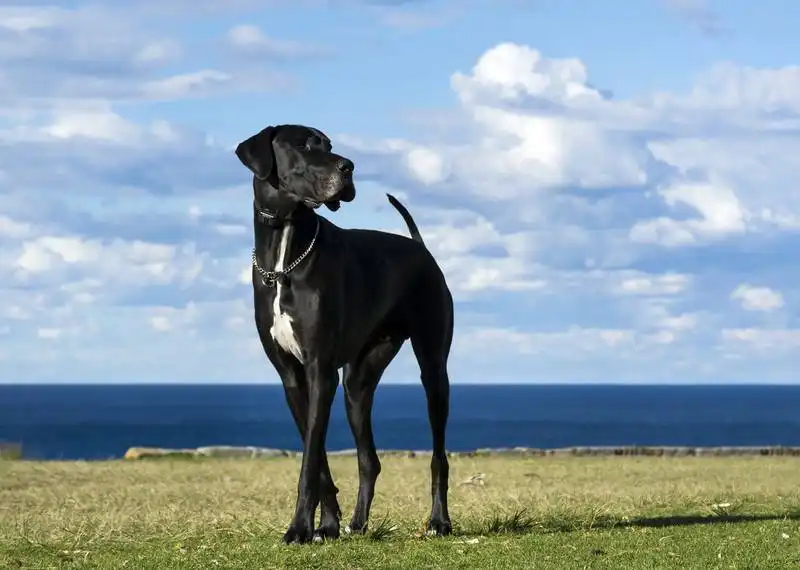
Health
Great Danes, like many other large dogs, have an accelerated metabolism. This fact leads to the fact that they eat much more than small dogs. In addition, such eating behavior often provokes the occurrence of gastric torsion. To make your pet eat more slowly, it is advisable to purchase special “smart” bowls for him. Also, do not start training with a Great Dane immediately after eating. You need to wait about 40 to 60 minutes so that the food has time to be digested.
Hip dysplasia is another common problem. It is not recommended to walk Great Danes up and down stairs as puppies, as their skeleton is not yet fully formed. To avoid problems in the future, carry your pet in your arms in areas where there is excessive stress on their joints.
Who is this breed suitable for?
The Great Dane is a dog that is suitable for an owner who wants to have a pet:
- With an elegant build, but at the same time strong and hardy;
- With smooth and short hair that does not require frequent brushing;
- With excellent instincts of guard and protection;
- Reacts well to other animals in the house.
Royal Great Danes are dogs that are suitable for both single people and families with children. With proper training, the dog can become a good nanny.
The most important thing is to provide the pet with proper care. It needs physical activity, regular walks, and a properly selected diet. Such a dog is raised from a very early age.
The owner of a Great Dane must be an active person who does not like to sit at home, because walks are needed quite long.
Famous Owners
These animals were very much loved by Alexander the Great. It was he who contributed to the popularization of the breed among the upper class.
German Chancellor Bismarck also liked Great Danes very much. The politician contributed to the development of the breed. Today, Great Danes are considered a symbol of this country.
How to choose a puppy?
Buying a puppy is a very important step. Every person planning to get a dog should evaluate their capabilities: will there be enough time for walks, training, visits to the vet, etc.
Be sure to study the literature about the breed. Talk to owners, breeders, visit exhibitions. Study the standard.
If a Great Dane is exactly what you’ve been dreaming about, then go ahead and start looking for an experienced breeder.
Choosing a good breeder is the first step to acquiring a healthy puppy with the right exterior. You can buy a baby from a private breeder or from a kennel. Both options are possible, the main thing is to choose a conscientious specialist with experience.
A Great Dane breeder must test their dogs for genetic diseases. Animals with serious health problems are not allowed to breed.
Visit the room where the puppies are kept. Inspect it. It cannot be unkempt. The babies themselves should also look neat.
Talk to the breeder, ask him questions. Pay attention to his reaction: a specialist who works honestly always makes contact with the buyer. He is ready to share his experience, sociable and good-natured.
A purebred dog is sold with documents: birth certificate and veterinary passport. They contain all the information about the animal, the breeder, and the owner.
If you are not interested in a show career, then it is not necessary to buy a Great Dane with a pedigree. You can simply choose a healthy baby with a balanced psyche.
Personal experience of owners
We have studied the reviews of Great Dane owners.
- Most of them are confident that their pets:
- Affectionate and loyal giants;
- They get along well with children and other pets;
- Excellent watchdogs;
- Requires little grooming;
- They eat a lot;
- They have a short lifespan.
Despite the fact that Great Danes are very large, they can live in a city apartment. The dogs are very neat and rarely drop things in the house. Although it is still better to give the Great Dane space – to have it in a country house with a fenced area for walking. Such animals are not suitable for living in an aviary, since their fur will not be able to warm in the cold.
Nutrition of Great Danes is a separate topic. Owners say that dogs eat a lot. Quality food will cost the owner quite a “round” sum. But you should not buy cheap ready-made rations, this will negatively affect the health of the pet.
Great Danes need education and training. It is important to learn a basic set of commands. They will help control the dog’s behavior both at home and outside.
Dogs are very tolerant of children and can tolerate any pranks.
Gastric torsion, say owners, is the most common cause of death in Great Danes. If symptoms of the disease occur, it is recommended to immediately contact a clinic. A timely operation can save the life of a four-legged friend.

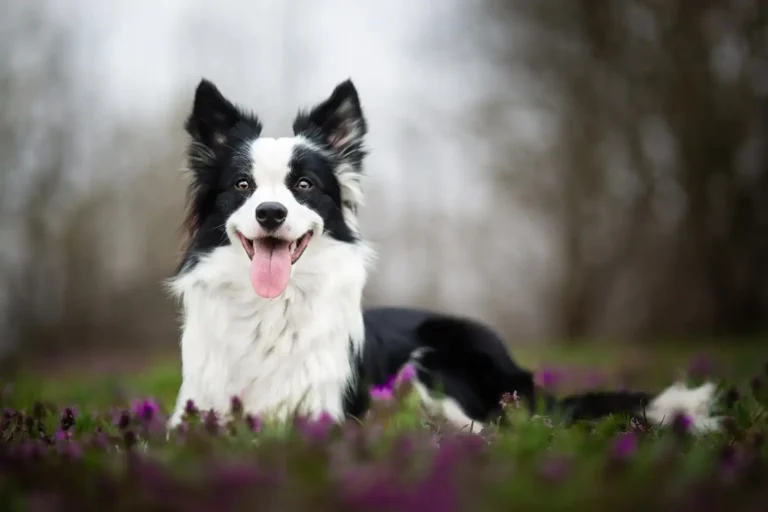
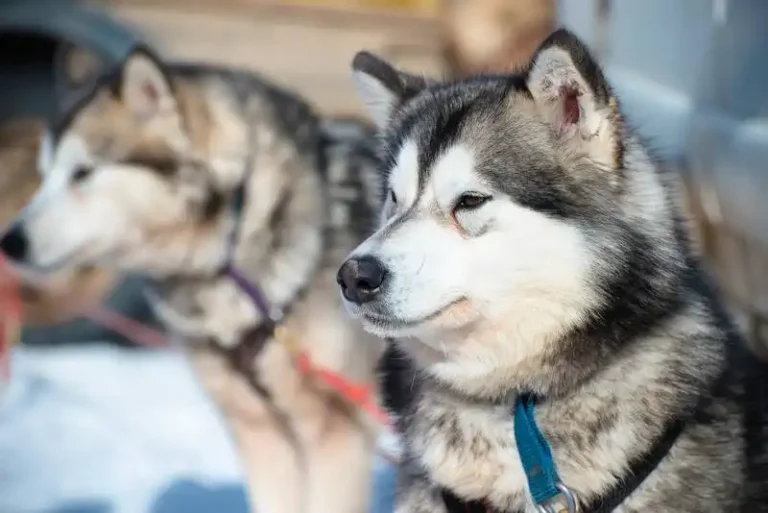
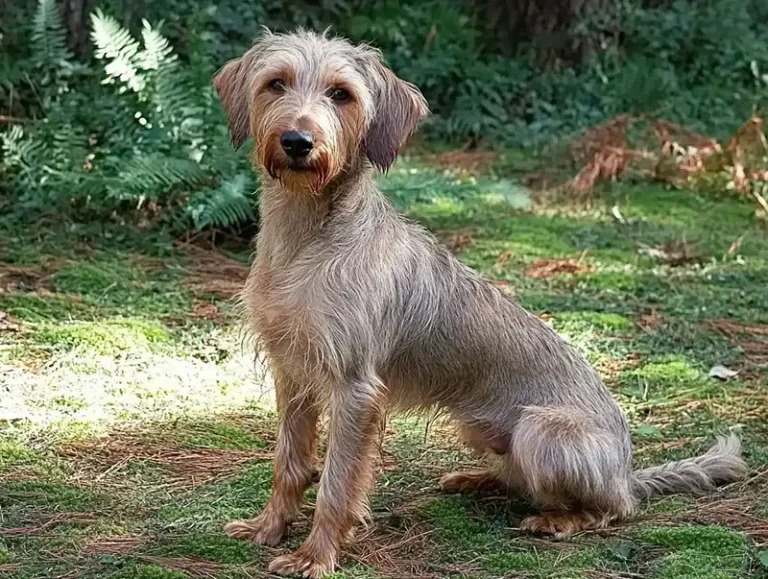
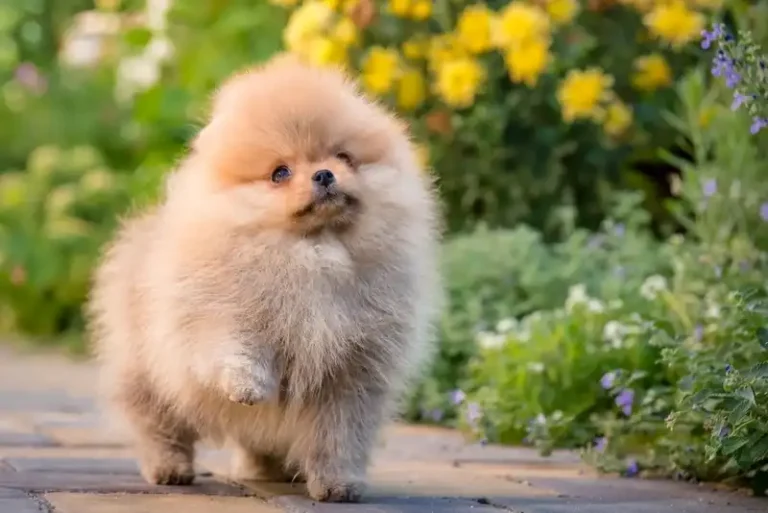
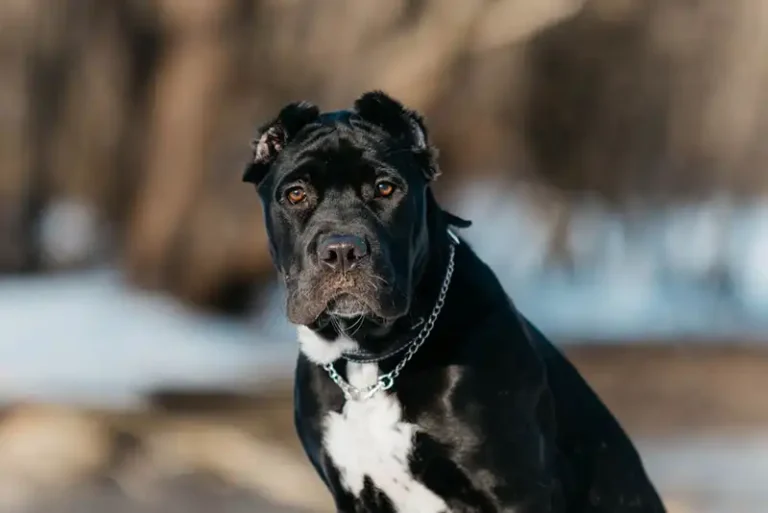
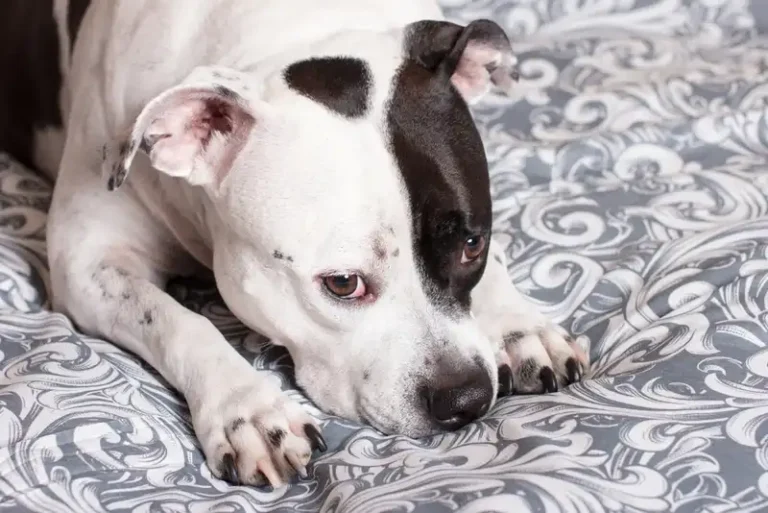
3 Comments